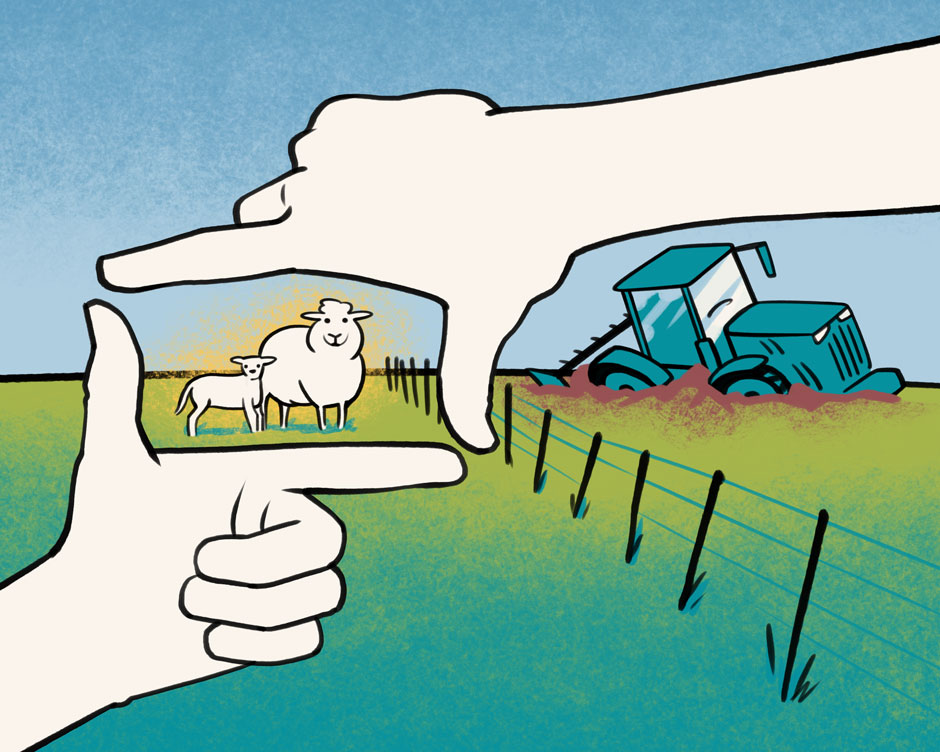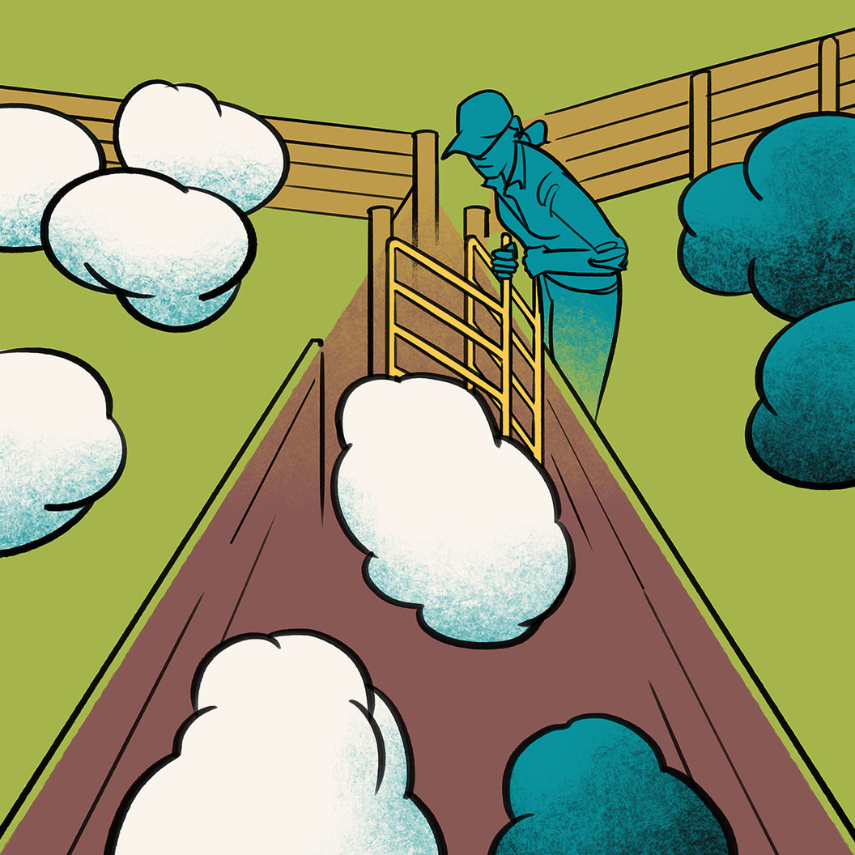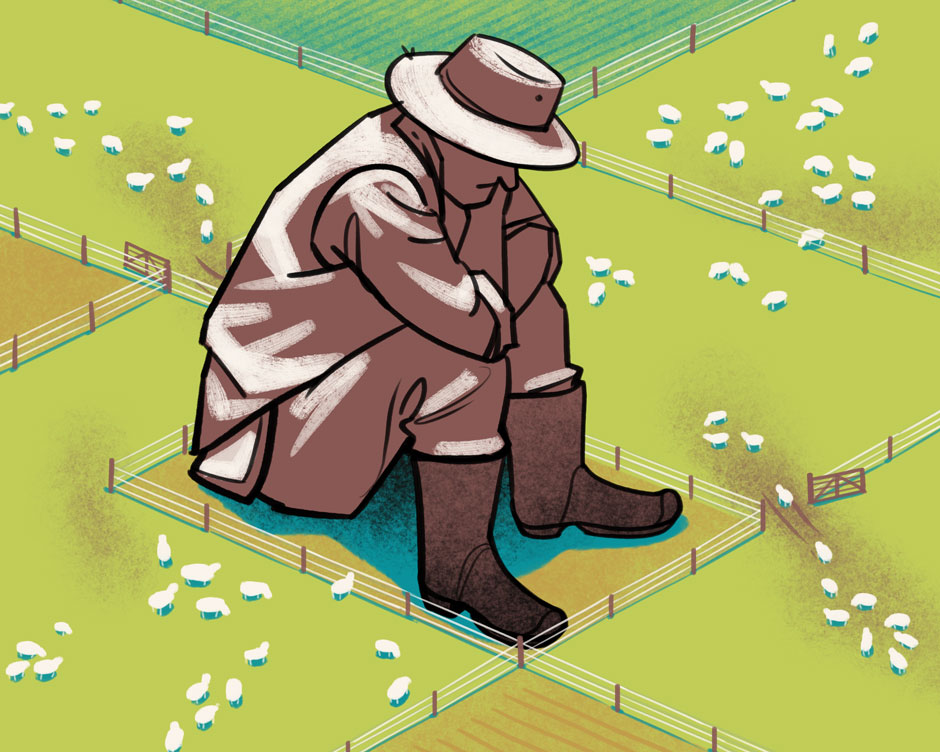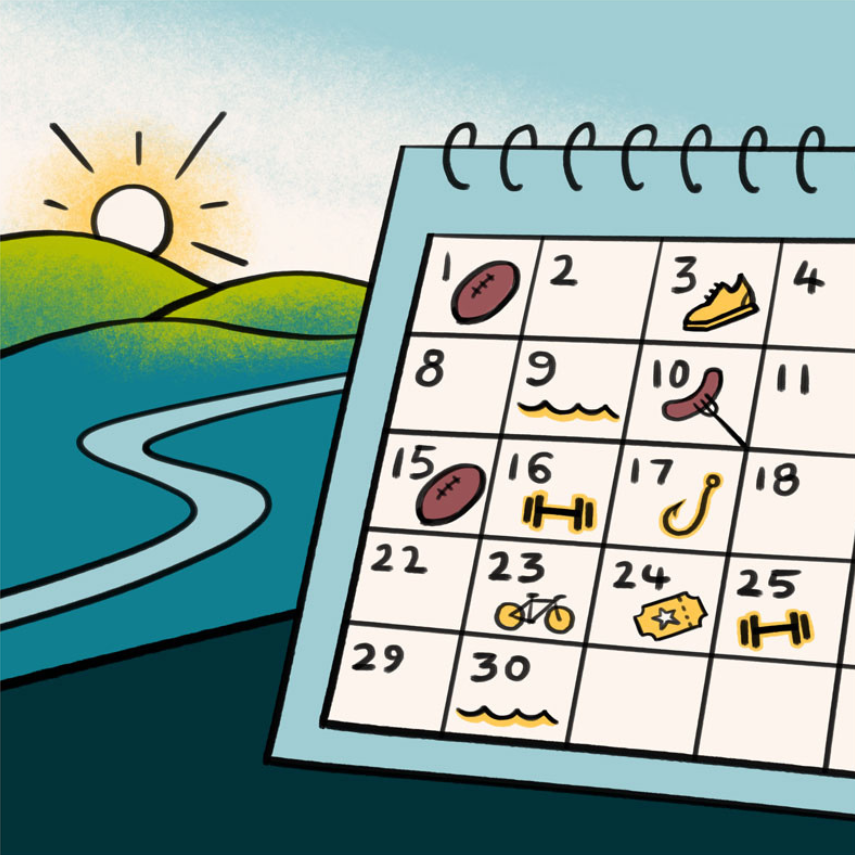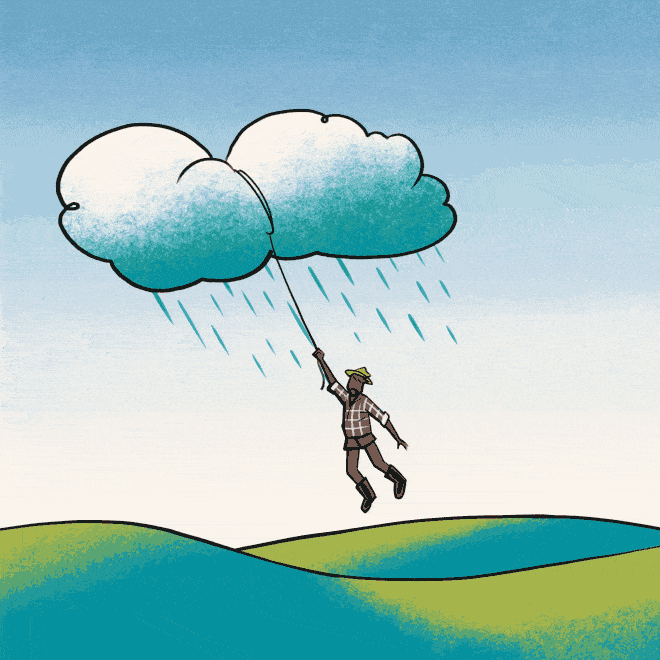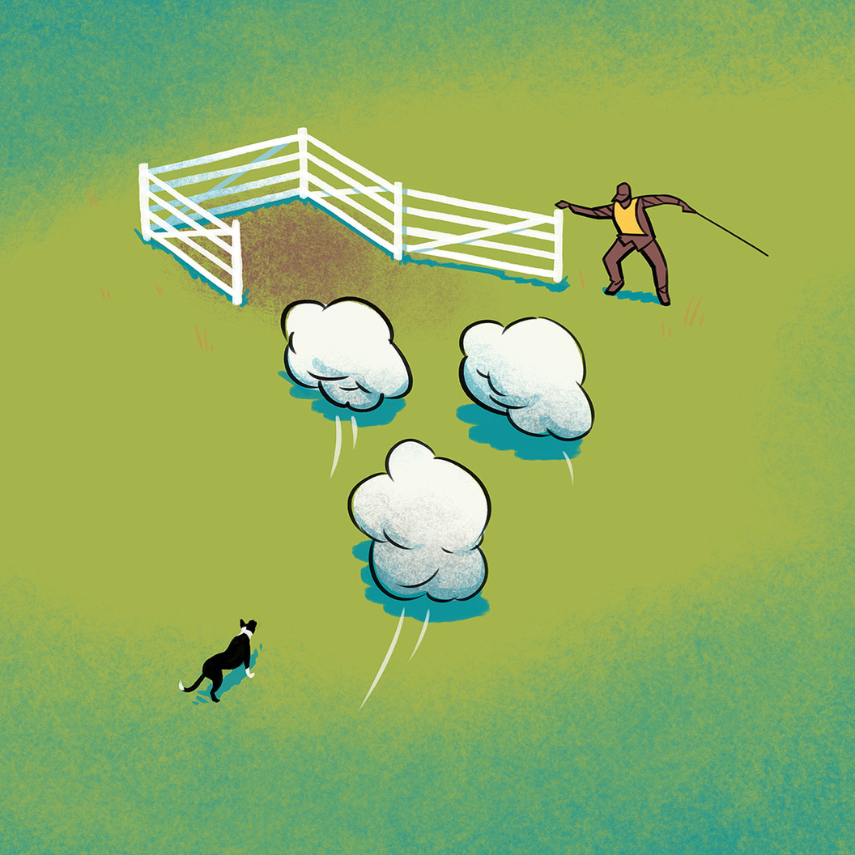‘Reframe’ a bad day
Everyone has days when nothing seems to go right on farm or orchard. You can use a technique called ‘reframing’ to feel less negative and achieve better outcomes. To use it when you are in the heat of the moment – you could start by doing some deep breathing to help you calm down and focus.
- Ask yourself if there are other explanations for what has happened that are less negative? For example, if someone was rude to you, were they just having a bad day? Or did you get overly defensive?
- Get some perspective – take a step back and ask yourself ‘how important is this setback really in the overall scheme of things?’
Talk to someone who will help you see any upsides and affirm your good qualities. Avoid people who are blamers and complainers. - Even if the situation is difficult, ask yourself if there is anything that you could learn from it so things go better in the future?
- Ask yourself if there are other explanations for what has happened that are less negative? For example, if someone was rude to you, were they just having a bad day? Or did you get overly defensive?
- Get some perspective – take a step back and ask yourself ‘how important is this setback really in the overall scheme of things?’
Talk to someone who will help you see any upsides and affirm your good qualities. Avoid people who are blamers and complainers. - Even if the situation is difficult, ask yourself if there is anything that you could learn from it so things go better in the future?

